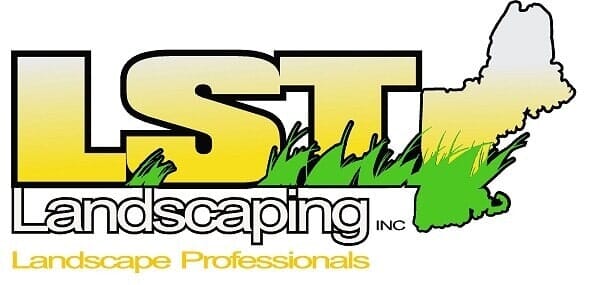BLOG
5 Mistakes to Avoid During Retaining Wall Installation
Building a retaining wall is an excellent way to enhance your outdoor space, increase your property’s value, or address landscaping issues like erosion. However, improper retaining wall installation in Portland, ME, can lead to structural failure and costly repairs. To ensure your project goes smoothly, avoid these 5 common mistakes.

1. Ignoring Proper Drainage
One of the most critical aspects of retaining wall installation is ensuring proper drainage. Without a drainage system, water can accumulate behind the wall, increasing pressure and causing the wall to collapse. Make sure to install perforated pipes or weep holes to allow water to escape, reducing the risk of damage in Portland’s often wet climate.
2. Skipping the Foundation
A strong foundation is essential for the longevity of your retaining wall. One of the biggest mistakes homeowners make is starting the wall directly on soft soil. This can lead to uneven settling, causing the wall to shift over time. Ensure that your wall has a proper base layer of compacted gravel or crushed stone before starting the installation.
3. Choosing the Wrong Materials
Not all retaining walls are built the same. Selecting the wrong materials for your wall can be disastrous, especially in Portland’s variable weather conditions. Different materials, such as concrete blocks, natural stone, and wood, have distinct advantages and disadvantages. Make sure to choose a material that can handle Portland’s freeze-thaw cycles and moisture levels.
4. Incorrect Wall Height
The height of your retaining wall plays a crucial role in its stability. Many DIYers make the mistake of building a wall that is too tall without proper support, leading to collapse. For walls taller than 4 feet, it is highly recommended to consult a professional engineer or landscape expert to ensure the structure can withstand the forces acting upon it.
5. Poor Backfilling Techniques
Backfilling the area behind the wall is another critical aspect of retaining walls. Using the wrong type of soil or not properly compacting the backfill can cause the wall to tilt or sink over time. Make sure to use well-draining materials, such as gravel or sand, and compact the soil in layers to provide adequate support to the wall structure.
Retaining walls can significantly improve your landscape, but proper planning and execution are essential for long-term success. If you're looking for expert assistance with retaining wall installation in Portland, ME, LST Landscaping Inc. is here to help! Our team of professionals ensures that your project is built to last, offering durable solutions tailored to Portland’s unique environmental conditions. Contact us today to schedule your free property consultation!
CONTACT INFORMATION
ADDRESS: 144 Hutchins Dr, Portland
ME 04102
PHONE: 207-878-1578
EMAIL: info@lstlandscapinginc.com
PHONE: 207-878-1578
EMAIL: info@lstlandscapinginc.com
ADDRESS: 144 Hutchins Dr, Portland ME 04102
PHONE: 207-878-1578
EMAIL: info@lstlandscapinginc.com
PHONE: 207-878-1578
EMAIL: info@lstlandscapinginc.com
HOURS OF OPERATION


| Mon-Fri 7:00 AM - 5:30 PM | |
| Sat-Sun - Closed | |
| 24 Hour Emergency Services Available |
BROWSE OUR WEBSITE
CONTACT INFORMATION
ADDRESS: 144 Hutchins Dr, Portland ME 04102
PHONE: 207-878-1578
EMAIL: info@lstlandscapinginc.com
PHONE: 207-878-1578
EMAIL: info@lstlandscapinginc.com
HOURS OF OPERATION


| Mon-Fri 7:00 AM - 5:30 PM | |
| Sat-Sun - Closed | |
| 24 Hour Emergency Services Available |
Images provided on this website are for personal, non-commercial use. Republication, retransmission, or reproduction of such images is strictly prohibited.

